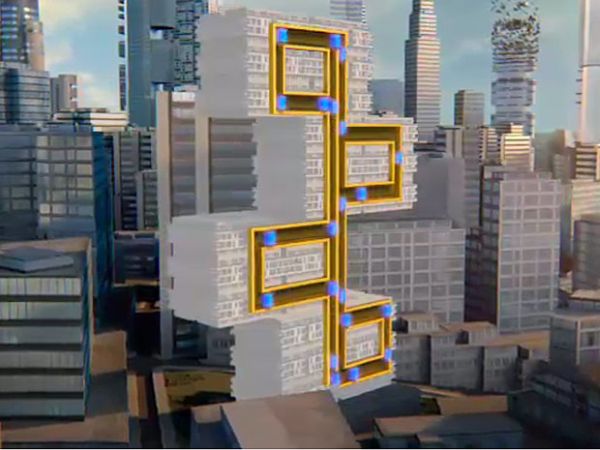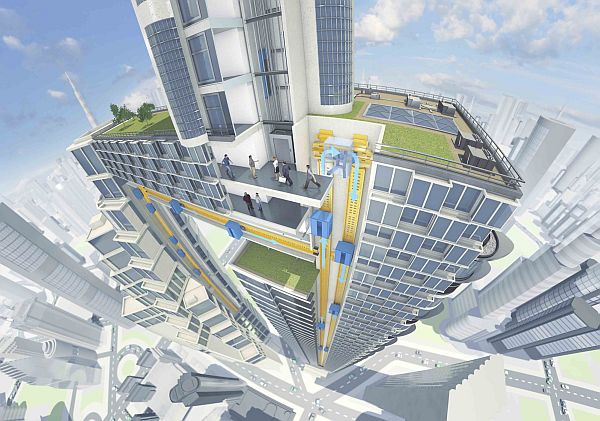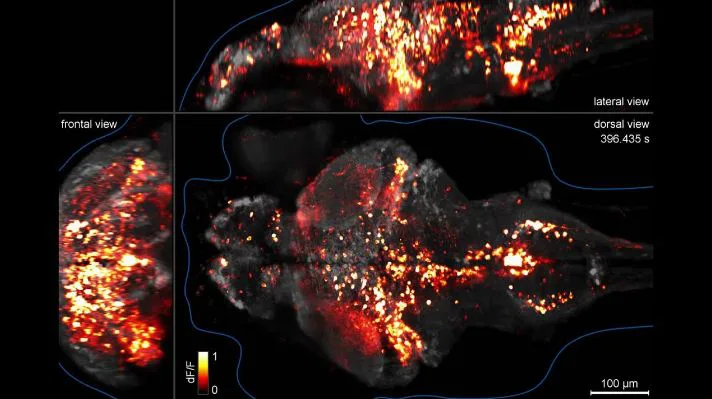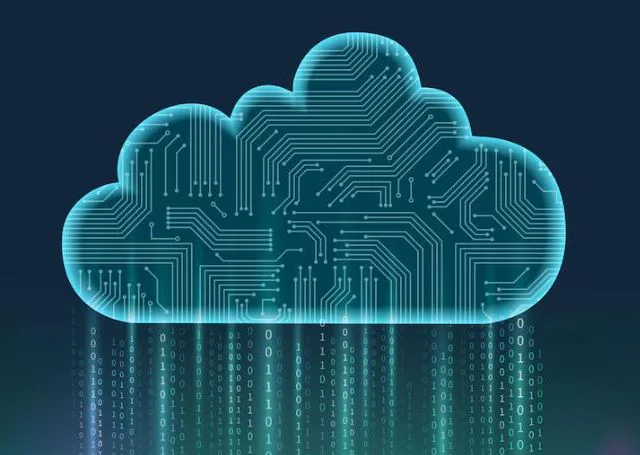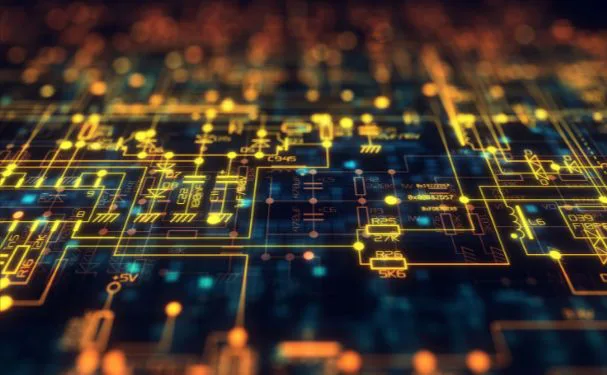In an effort to reduce or make walking time obsolete, elevators are going to have an overall overhauling. Based on the technology of magnetic levitation, the revamped elevators would then be able to go sideways as well. By 2016, ThyssenKrupp AG, a German multinational conglomerate corporation is coming up with the two-axis travel that will usher the era of Maglev elevators within an intra-building infrastructure.
Currently, lifting and lowering of elevators are done with the help of cables, which till some extent is not efficient since a lot of energy is consumed in the process of hoisting. Along with this, there are only two directions to which a lift is moved, up and down.
So in order to solve both these elevator issues, one needs to have a new propulsion system that is not backed by cables. A mechanism something similar to what Star Trek used for propelling the turbolifts might hold the key. Based on linear induction motors, these turbolifts have the potential of rowing in any direction and not limited to our conventional elevators. ThyssenKrupp is working on the similar idea and concretizing the concept using their MULTI elevator technology.
The Maglev Elevators
With the potential of running numerous cabins consistently in a loop, the MULTI would be much more energy efficient relatively. Another advantage of the maglev elevator will be its ability of accommodate more than 50 percent people than the traditional elevators while dropping the time lag to around 15 and 30 seconds. The surface area of shafts will be half the cable based elevator shafts, thus making more room for developers to add more elevators in between.
As per ThyssenKrupp, the prototype would be installed in a 240-meter tower that is being built in Rottweil, the public can witness it in 2016.
The idea looks promising, especially for gigantic skyscrapers. People would be thoroughly excited for the z-axis travel, an altogether different dimension of travelling via intra building lifts, welcome to the future elevators!
Source: Quartz

